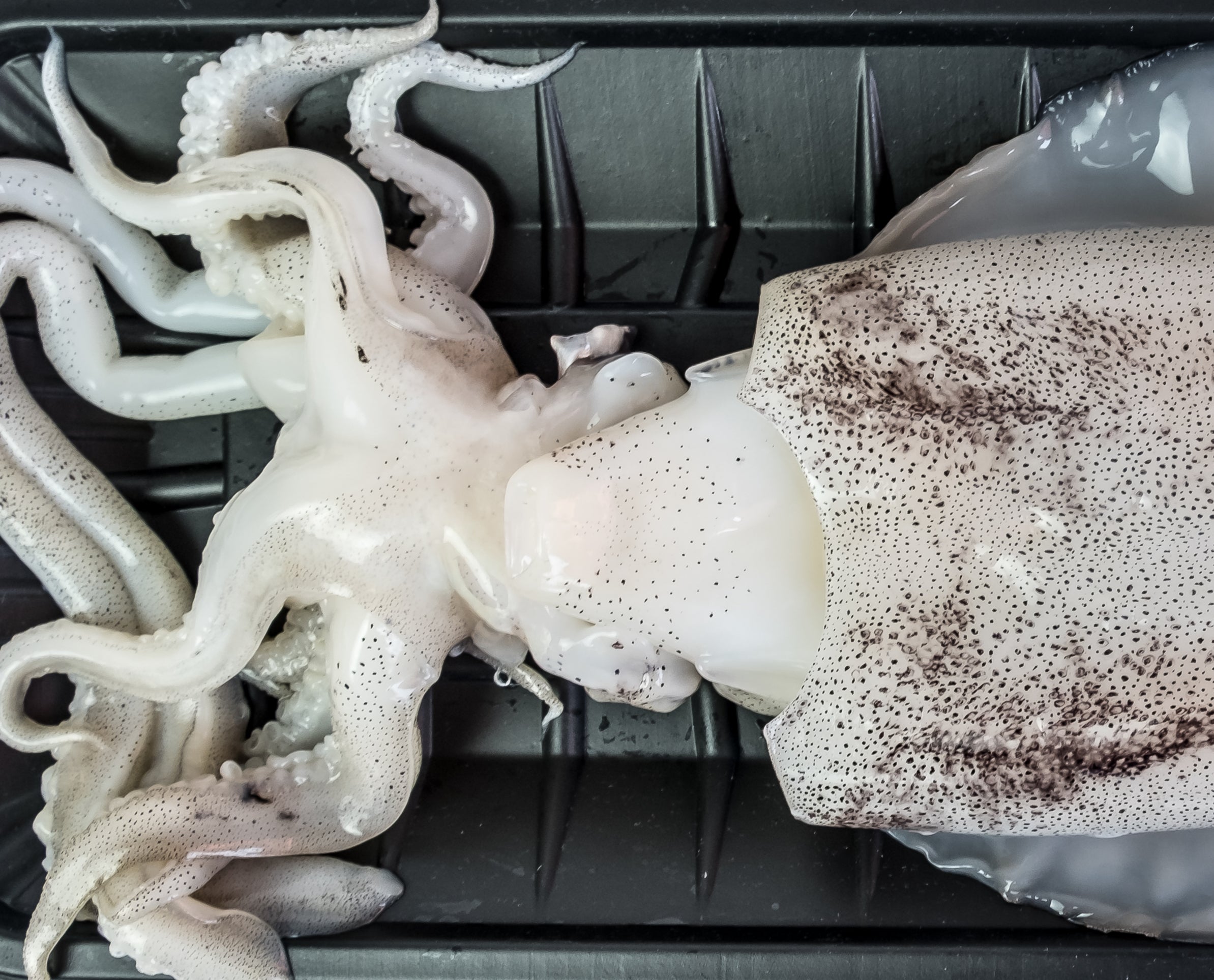
Littering our cities and clogging up our oceans, causing environmental issues and ill-health to wildlife, humanity has a serious plastic waste problem.
Despite recycling initiatives, carrier bag charges and other schemes designed to cut plastic waste, an estimated 12.7 million tonnes of plastic waste still finds its way into the ocean alone each year according to Greenpeace. But could the ocean also hold the solution to end the plastic waste problem?

Access deeper industry intelligence
Experience unmatched clarity with a single platform that combines unique data, AI, and human expertise.
According to a team of researchers from the Center for Research on Advanced Fiber Technologies (CRAFT) and the Department of Engineering Science and Mechanics at Pennsylvania State University, squid protein could be used to develop “next generation materials” that do not come with the same environmental consequences caused by plastic.
The protein, which originates in the ringed teeth found inside squid’s suckers, has self-healing qualities. The genetic code for the protein was discovered in 2015 and mixed with a solvent to create a rubber-like material capable of healing itself. So far little use for the material has been found, but CRAFT director Melik Demirel believes squid proteins could replace plastic in a range of products and uses.
“Nature produces a variety of smart materials capable of environmental sensing, self-healing and exceptional mechanical function. These materials, or biopolymers, have unique physical properties that are not readily found in synthetic polymers like plastic,” Demirel said. “We reviewed the current knowledge on squid ring teeth-based materials, which are an excellent alternative to plastics because they are eco-friendly and environmentally sustainable.”
How could squid proteins solve the plastic waste problem?
As well as their ability to self-heal, squid ring teeth proteins also have impressive strength, flexibility and elasticity, as well as thermal and electrical conduction properties. According to the researchers, this could be of use to a range of industries and sectors, including energy, biomedicine, security and defence.

US Tariffs are shifting - will you react or anticipate?
Don’t let policy changes catch you off guard. Stay proactive with real-time data and expert analysis.
By GlobalDataA potential use could be the development of smart clothing and fabrics that are capable of self-repair, which could potentially lead to a reduction in microplastic pollution as production falls. Currently the textiles industry uses a microplastic coating to protect microfiber clothing from damage. However, the squid protein material would provide equal longevity without relying on harmful plastics.
The material could also be used to coat medical technology, helping to protect implanted devices from wear inside the body.
The material can be cheaply produced from renewable resources that don’t involve taking the proteins out of a squid. Researchers have found a way to produce squid ring teeth proteins by genetically modifying bacteria using a process involving fermentation of sugar, water and oxygen, rather than the burning of fossil fuels, which would have huge advantages in the fight against climate change.
“Scaling up these materials requires additional work,” Demirel explained. “We are now working on the processing technology of these materials so that we can make them available in industrial manufacturing processes.”







